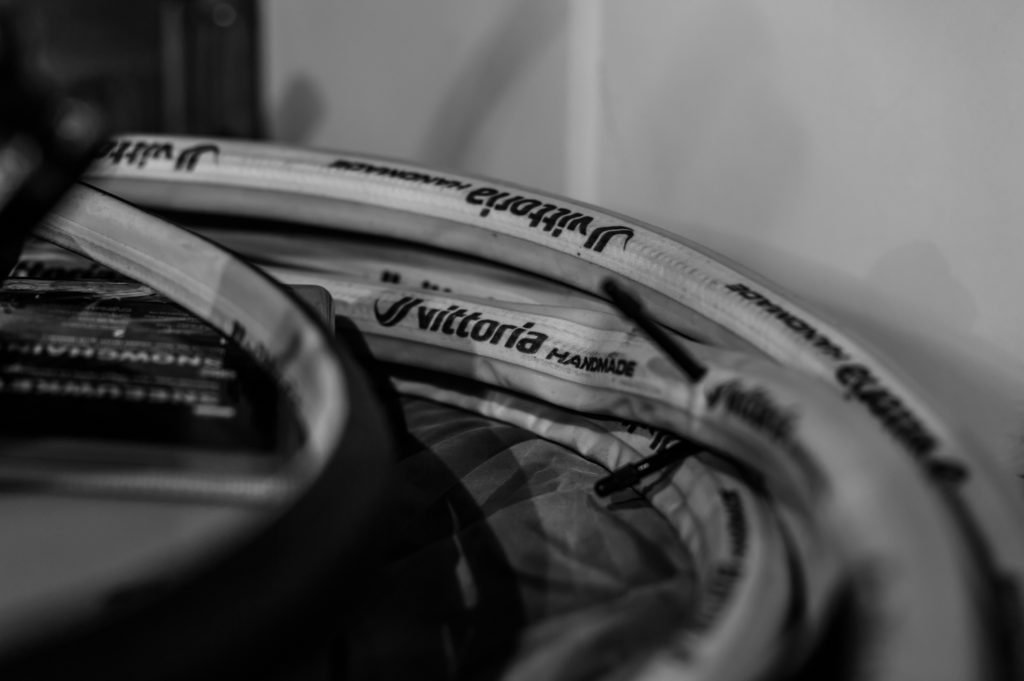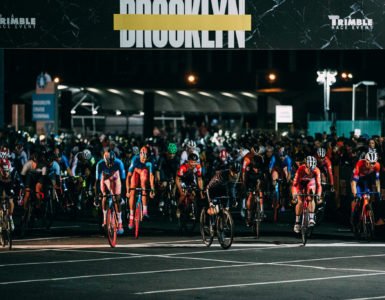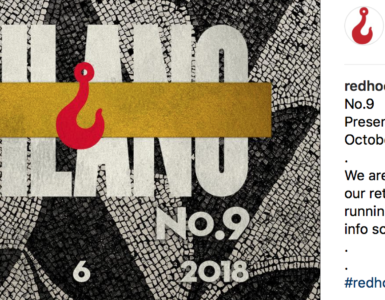The Red Hook Criterium series caused the rise of fixed gear crits all around the world. Nowadays, crits are being organised all around the globe. With the fixed gear bike being the most affordable race bike out there, in theory, it can be relatively cheap to start racing fixed gear crits in comparison with other cycling disciplines. Although a fixed gear bike is uncomplicated and doesn’t need to be expensive, getting a decent, competitive, and reliable fixed gear race machine is a whole other ballgame. That’s why we briefly summed up 10 essential bike parts and give you tips, and absolute don’ts, so you can create your very own fixed gear race machine that fits your budget.
Text & Photography: Brian Megens

1. Frame
The most essential part of your fixed gear bike. Make sure never to convert your road bike as the bottom bracket is not high enough and you will surely get a pedal stroke. On top of that, converted bikes are not allowed in fixed gear crits for this exact reason. After all, if you were to crash you wouldn’t just crash yourself but possibly other too. The frame you pick, and its geometry, will determine the behaviour of the bike for the most part. Therefore, make sure to select one that is suited for fixed gear crit racing. For example, a commuter frame wasn’t made with racing in mind. Therefore, it might be not stiff enough, or the geometry not as responsive. Regarding the material, there are plenty of options for fixed gear crit frames. Aluminium, (high-end) steel, titanium, and carbon track frames are all an option. For those on a budget, aluminium is probably the most affordable. Affordable doesn’t mean it is bad. Most frames in Red Hook Crits are aluminium. For those with an unlimited budget, I would recommend high-end steel, or if you want something fancy, titanium. For those with and unlimited budget and weight issues, there are plenty of high end carbon fibre track frames on the market.
Not done: a cheap low-end steel or aluminium commuter frame. You are pushing yourself to the max in a crit and want to be able to rely on your frame. Commuter frames are great for easy cruising through the city, but with most these frames their geometry and material (tubing etc.) are not made for racing.

2. Wheels
Wheels are discussed here as a whole but actually should be assessed by three components: the hub, the rim, and the spokes. The hub is of vital importance as it determines how much ‘resistance’ the wheels have when turning around. The rim height and width determine the behaviour and aerodynamics of the wheel and the grip of your tires with the wheel. For example, a high carbon rim is very stiff and aerodynamic, and if it is also relatively wide (>22mm), it is perfect for cornering as it allows wider tires that have better grip. The number of spokes matter especially in the lower segment. If you are not going for a high-end carbon fibre wheel set, then I advise going for a good set of aluminium wheels with 24 or 36 (especially for heavier riders) spokes. I recommend not to save money on a decent wheel set as they are of major influence in your bikes handling and performance.
Not done: heavy low-end wheels with high (mostly colourful) rims. These wheels might look good on your commuter bike, but they are only made for the looks and under no circumstance for racing.

3. Crank
The crank is another vital component of a fixed gear crit bike, and due to the size you cannot use road race cranks, but you will need a ‘track’ crank. There are several high-end ‘track’ cranksets on the market from which the Rotor 3D and the Sram Omnium are the most used crankset in the fixed gear crit peloton. However, several other cranksets are of comparable quality, and all are in the same price range. Regarding the crank length, 90% of the peloton rides with 165mm cranks to minimise the chances of a pedal stroke.
Not done: low-end heavy steel crankset with a cheap bottom bracket

4. Handlebars
There is not much you can do wrong here. Most used material for race handlebars is aluminium T6 (6061). Carbon fibre handlebars are also used for their stiffness and low weight but are more vulnerable when crashing. One thing to keep in mind is the size, depending on your shoulder size you will match your handlebar size from XS (38cm) to XL (46cm). I like a narrow handlebar which allows me more space when moving up in the peloton; it also enables me to ride with my elbows out due to their narrow nature which enhances my stability on the bike especially when touching other riders.
Not done: bullhorn handlebars or handlebars of any other shape than race drop bars

5. Chainwheels & Gear-Ratio
Regarding chainwheels, there is not much you can do wrong. Yes, the higher end models are lighter and potentially more stiff, but the most important thing to remember when choosing your chainwheels is the gear-ratio you want to ride. For all info regarding picking the correct gear-ratio read the article here with the FGC Gear Guide.
Not done: starting a crit with a commuter gear ratio like 46×16
 6. Chain
6. Chain
It is important to take into account that track chains have a different size than road chains. In my opinion, it is worth investing in a decent crank, or at least avoid the low-end ones, as in a fixed gear crit your chain is the only thing you have that allows you to control, read brake, the bike. Should your chain give out you might run into situations like in Barcelona this year where a chain snapped.
https://www.instagram.com/p/BYivrxLHH4q/?taken-by=fixedgearcrit
Not done: race with a cheap low-end commuter chain or a chain that has been intensely used on a different bike for more than a year.

7. Pedals
With pedals, the options are varied that it is impossible to discuss them all in 1 paragraph. The primary distinction you should know is that of race pedals versus MTB pedals. The advantage of race pedals is that once you are in the pedals, you are more tightly connected with the pedals, as compared to MTB. The disadvantage is that they can be quite hard to get into. MTB pedals on the other hand are much easier to get into but allow a lot more movement of the shoe meaning that they are less tightly connected than race pedals. Both race as MTB pedals are being used in the fixed gear crit peloton. Don’t forget to get matching cleats with your pedals to be assembled on your shoes.
Not done: pedals in which you don’t click in like the strap pedals

8. Shoes
The shoes you pick depend on the type of pedals you get as there is a difference between MTB and Race shoes regarding the cleat wholes. Shoes with a carbon fibre (read stiffer) sole become more and more affordable, but the chief importance is the fit. Each person has a different type of feet (wide, narrow etc.) so it is important to match the shoe characteristics with your feet.
Not done: converted sneakers as the sole is way too flexible for racing

9. Helmet
It is a myth that more expensive helmets are safer, although some brands have special systems in their most high-end helmets, in general, all helmets sold in reputable bike shops have to meet safety standards and, within small margins, will give you the same level of protection. However, the difference in helmet models is in the weight, fit, aerodynamics, and air-flow. So the most important thing when buying a helmet is that it is comfortable for you to wear.
Not done: a helmet that isn’t the correct fit or a helmet with a crack in it

10. Tires
Tires are available in all sorts of different sizes and types. The most significant distinction is tubes versus clinchers. For beginners, I would recommend clinchers to avoid the whole process of glueing tubes, and the need for two wheel sets. There is also a difference between training/commute tires and race tires. The latter is more flexible but also more vulnerable to punctures. Therefore, I would recommend having different sets for training than for racing. In the last years, wider tires have become more and more popular especially in fixed gear crit racing as they give more grip in corners. The most important characteristics of a tire is not the tire itself but with how much pressure you race it. The ideal pressure depends on the width of the tire (and rim), your weight, and the technicality of the course.
Not done: Starting with either cheap tires in all colours which are not flexible enough for cornering, or tires that worn out, the grip you have with them is less, and on top of that you run a much higher risk to get a flat.




